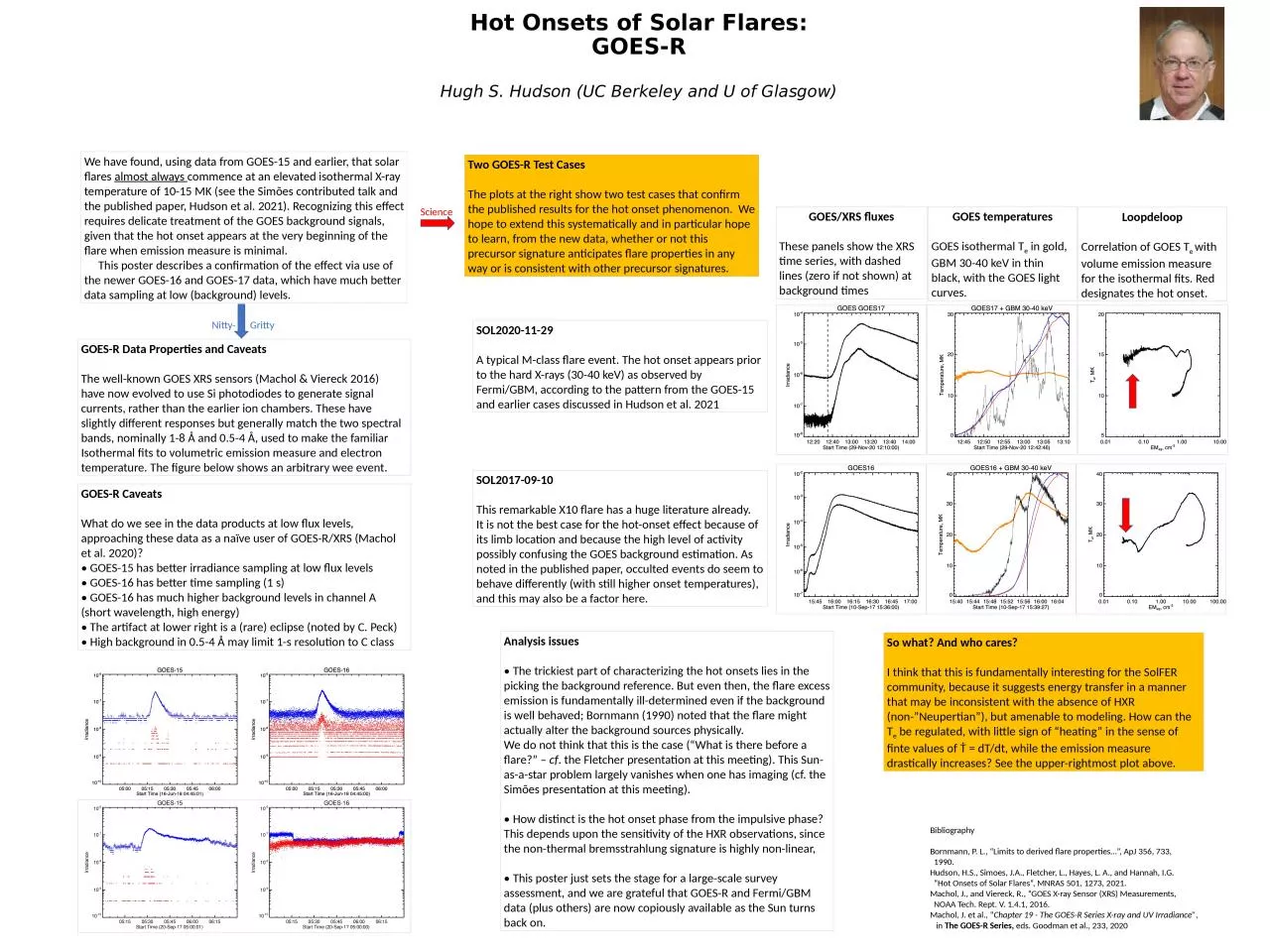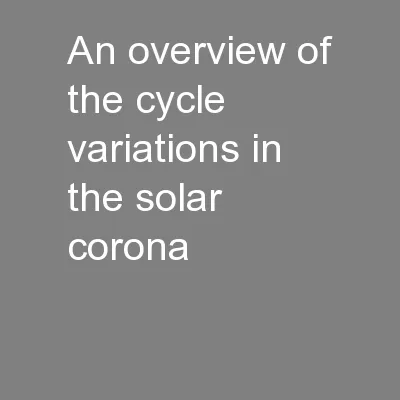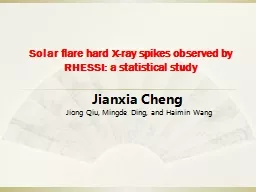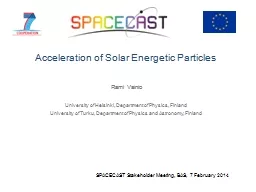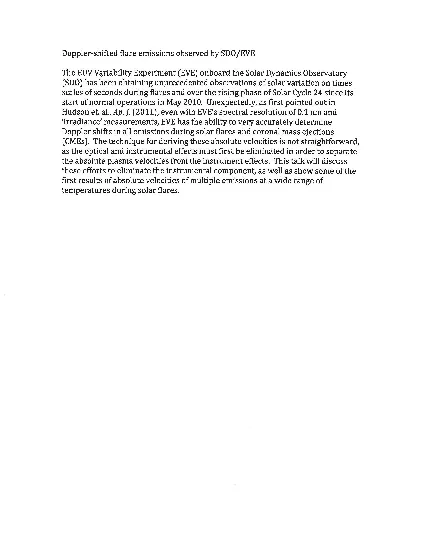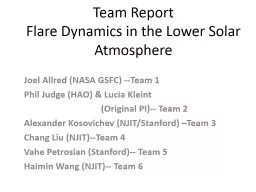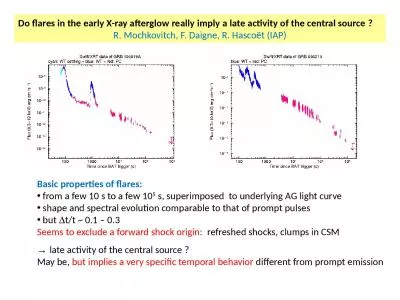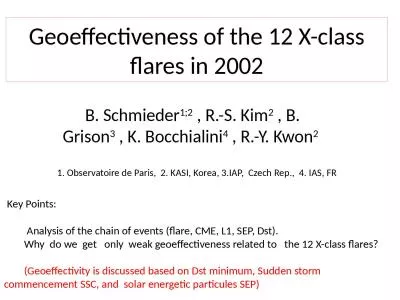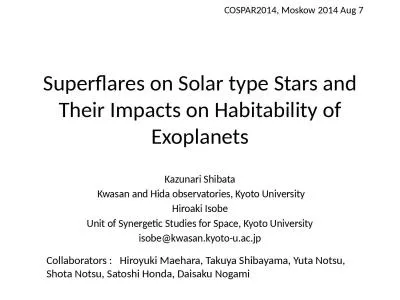PPT-Hot Onsets of Solar Flares: GOES-R
Author : melanie | Published Date : 2024-03-13
Hugh S Hudson UC Berkeley and U of Glasgow Bibliography Bornmann P L Limits to derived flare properties ApJ 356 733 1990 Hudson HS Simoes JA Fletcher L Hayes
Presentation Embed Code
Download Presentation
Download Presentation The PPT/PDF document "Hot Onsets of Solar Flares: GOES-R" is the property of its rightful owner. Permission is granted to download and print the materials on this website for personal, non-commercial use only, and to display it on your personal computer provided you do not modify the materials and that you retain all copyright notices contained in the materials. By downloading content from our website, you accept the terms of this agreement.
Hot Onsets of Solar Flares: GOES-R: Transcript
Download Rules Of Document
"Hot Onsets of Solar Flares: GOES-R"The content belongs to its owner. You may download and print it for personal use, without modification, and keep all copyright notices. By downloading, you agree to these terms.
Related Documents

